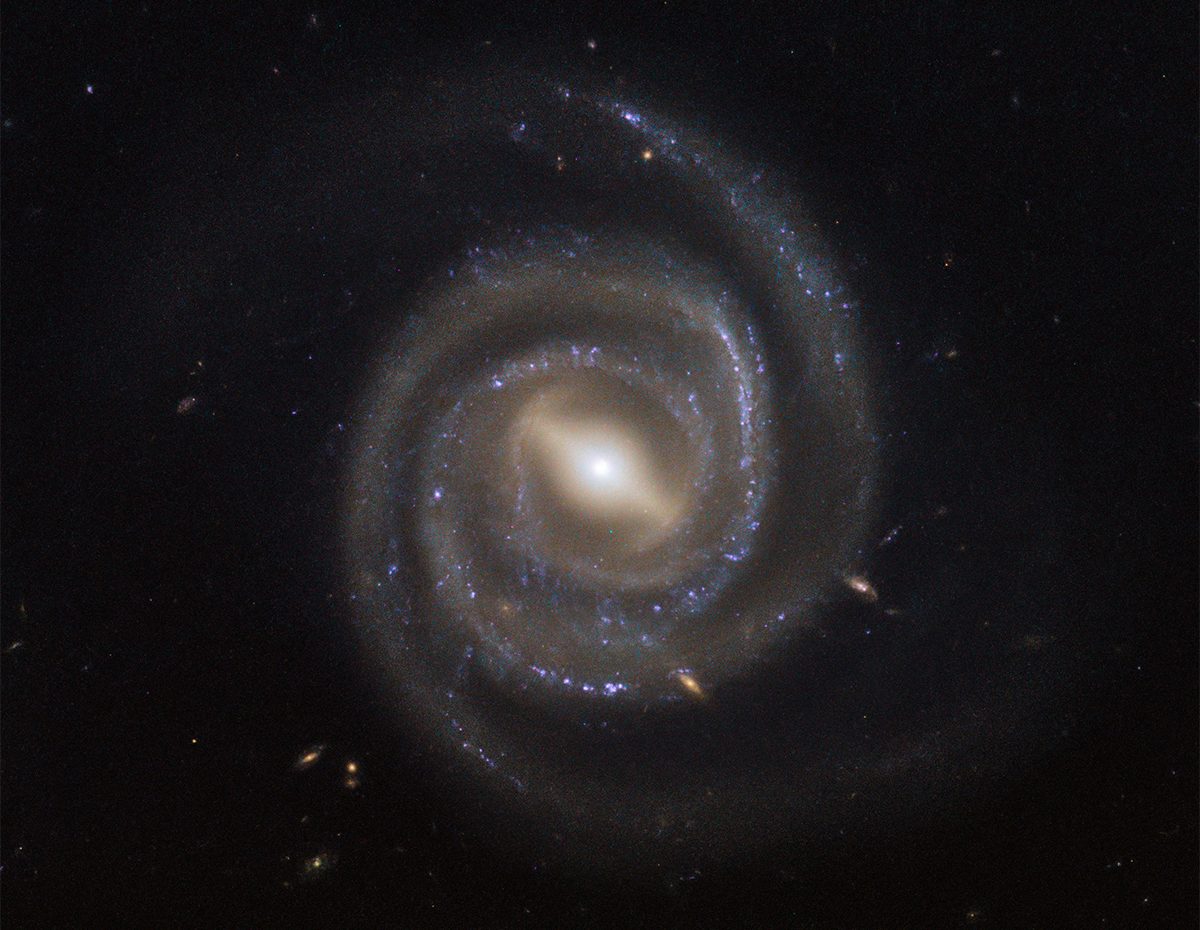Ever since the James Webb Space Telescope first began peering into the distant cosmos and gathering information on the first galaxies to form in the Universe, much has been said about how Webb’s observations have called cosmological models into question.
Webb has been observing early galaxies that are far bigger than astronomers’ computer simulations had allowed for.
In other words, there shouldn’t be galaxies that big, that early on in the Universe.
These discoveries have been called ‘cosmology-breakers’ and other such terms, implying that the Webb Telescope has broken cosmology; that it has caused us to rethink what we know about the early Universe and how quickly galaxies formed and evolved after the Big Bang.
But a new study is throwing much of that into question, suggesting that black holes in these early galaxies are causing the galaxies to look bigger and brighter than they really are.
The study appears in the Astronomical Journal and is led by University of Texas at Austin graduate student Katherine Chworowsky.
“We are still seeing more galaxies than predicted, although none of them are so massive that they ‘break’ the universe,” says Chworowsky.

Black holes could be the answer
Because the James Webb Space Telescope can gather so much light and look so far into the distant Universe, it can see light from very early galaxies and effectively look back in time, to show astronomers what the first galaxies in the Universe look like.
Webb’s observations of early galaxies find they are much bigger and more evolved than expected.
But this new study says the galaxies likely host black holes that are rapidly consuming cosmic gas, and this is causing the galaxies to appear bigger and brighter.

Far from being ‘black’ and invisible, black holes can actually be some of the brightest objects in the Universe.
When matter falls inwards towards a black hole, the friction caused by this fast-moving matter generates heat and light.
And this is what’s causing the early galaxies observed by Webb to appear bigger and brighter than they actually are, according to this new study.
The study says that when scientists remove these galaxies from their observations, the remaining early galaxies do fit within predictions of the standard model.
Evidence for this comes from Webb’s Cosmic Evolution Early Release Science (CEERS) Survey, led by Steven Finkelstein, a professor of astronomy at UT Austin and co-author of this study.
“The bottom line is there is no crisis in terms of the standard model of cosmology,” Finkelstein says.
“Any time you have a theory that has stood the test of time for so long, you have to have overwhelming evidence to really throw it out. And that’s simply not the case.”

Questions remain
The study authors do say, however, that Webb’s data shows twice as many massive galaxies in the early Universe than expected from the standard model of cosmology.
“Maybe in the early universe, galaxies were better at turning gas into stars,” Chworowsky says.
In other words, perhaps stars formed more quickly in the early Universe.
Stars form when hot gas cools and condenses under gravity. As this gas contracts, it heats up, generating outward pressure.
Some theories suggest that because the early Universe was denser than it is today, it was more difficult to blow gas out during star formation, meaning the process occurred more slowly.
Astronomers looking at the ‘little red dots’ galaxies – those galaxies that seem to be bigger and brighter than the standard model should allow – are discovering evidence of hydrogen gas, which likely indicates accretion discs surrounding black holes.
This supports the idea that these bigger, brighter galaxies appear bigger and brighter due to the presence of black holes within them, and that they aren’t as massive as initially thought.
But far from providing a decisive answer as to the mystery of Webb’s cosmology-breaking galaxies, the team say their study raises new questions about star formation.
“And so there is still that sense of intrigue,” Chworowsky says.
“Not everything is fully understood. That’s what makes doing this kind of science fun, because it’d be a terribly boring field if one paper figured everything out, or there were no more questions to answer.”
iopscience.iop.org/article/10.3847/1538-3881/ad57c1